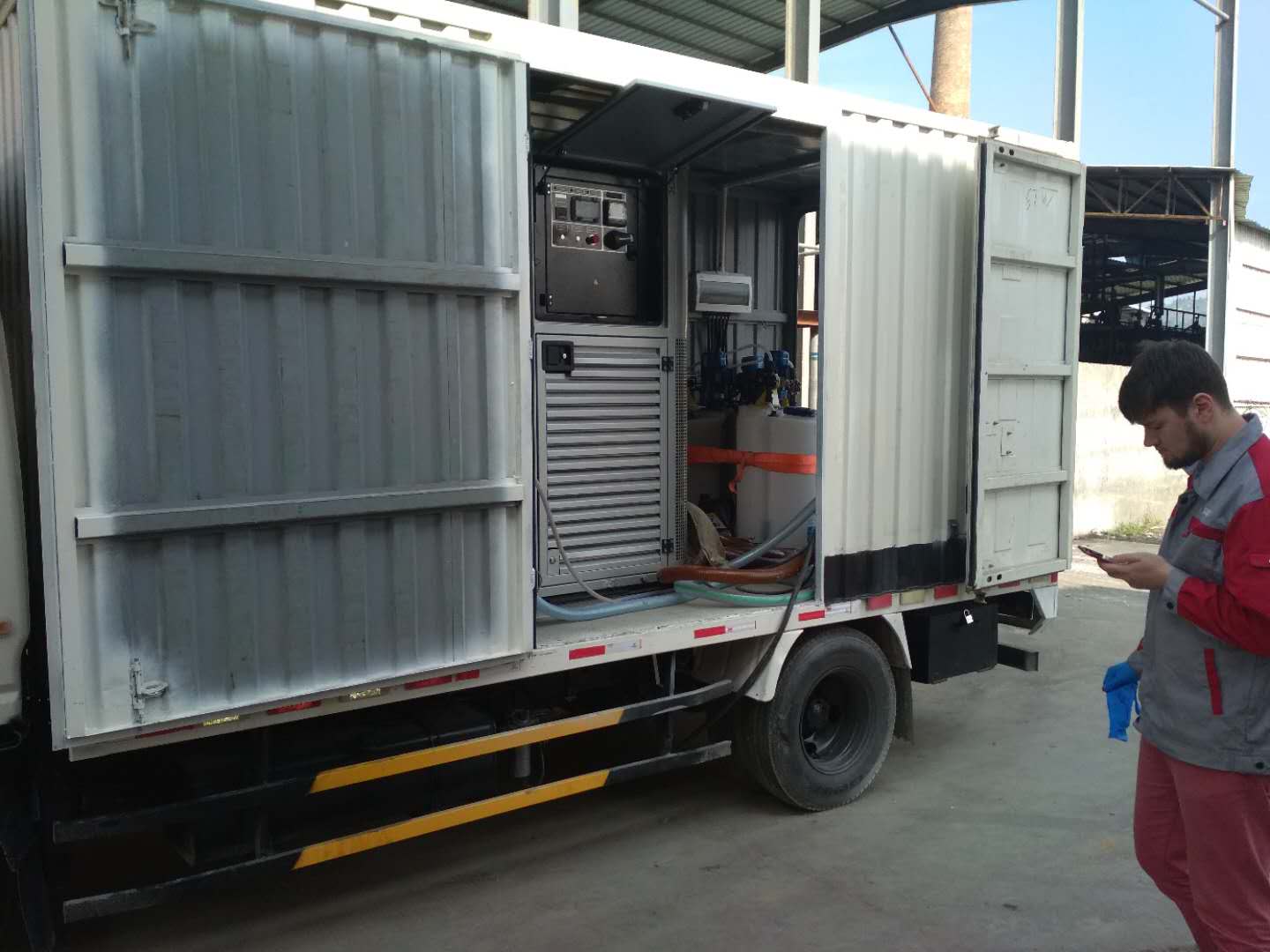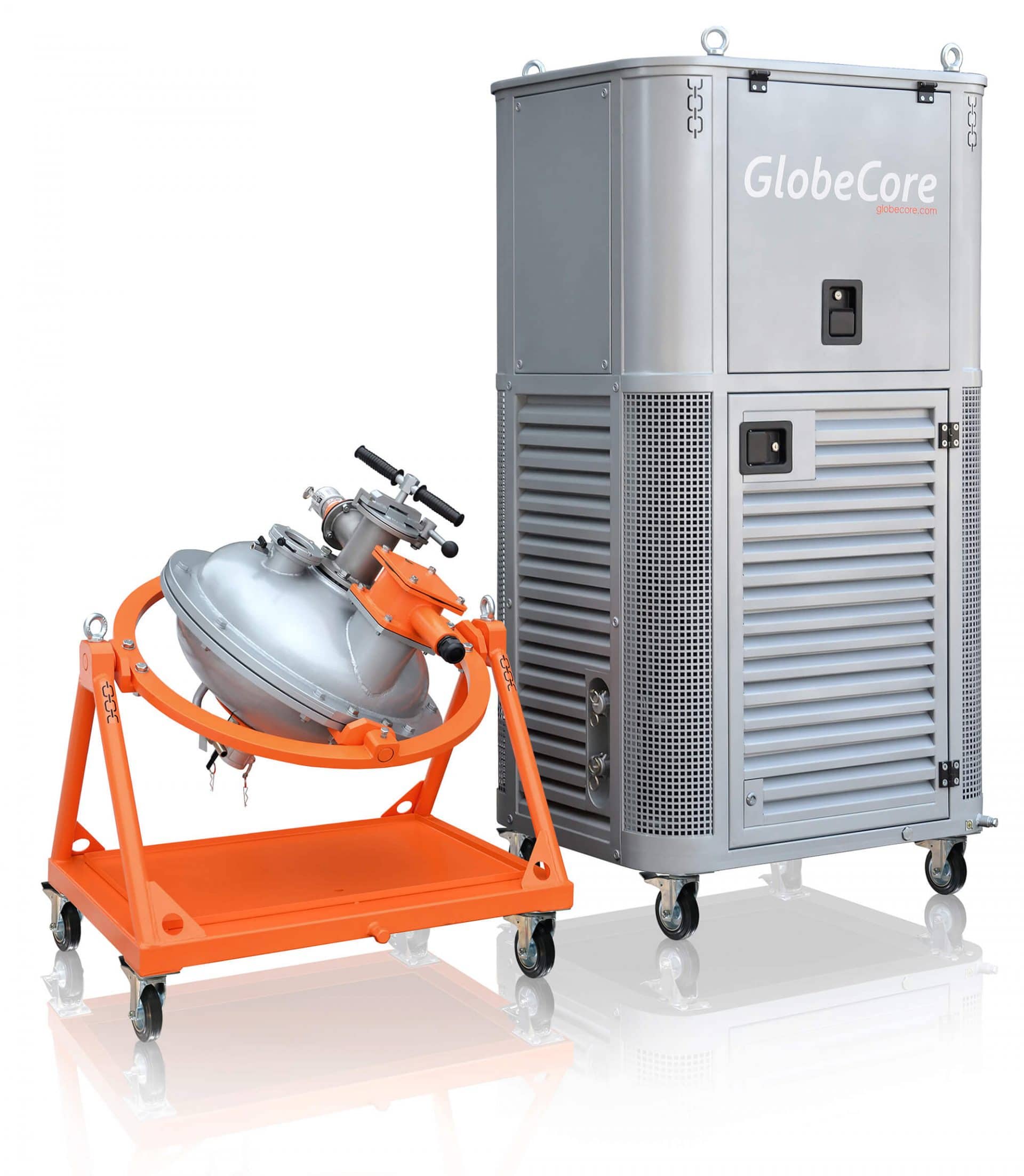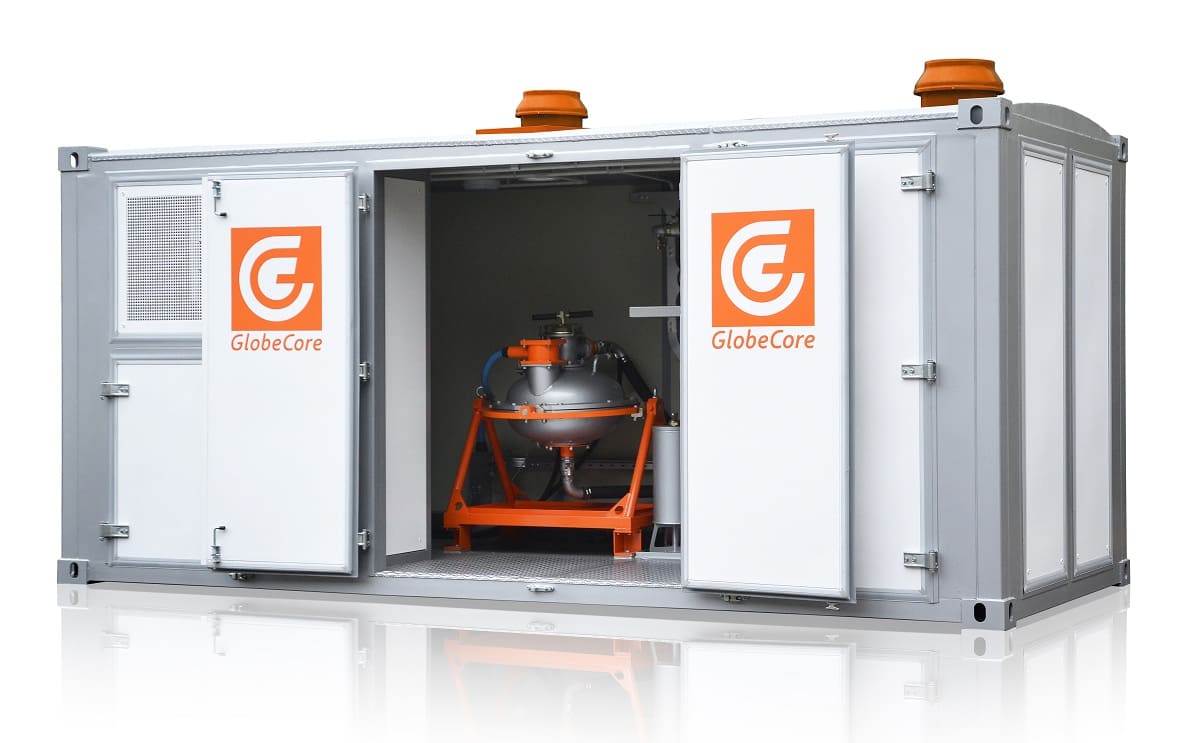Let us discuss how fluorine removal from wastewater is carried out and the ways to improve its efficiency.
Wastewater from chemical, metallurgical, and other enterprises that contains fluorine compounds is classified as harmful. The removal of fluorine from this kind of wastewater is associated with difficulties and requires considerable costs and expensive chemical agents. It is particularly difficult to remove small concentrations of fluorine from wastewater. These difficulties are associated with chemical properties of fluorine compounds.
Fluorine removal from wastewater — main methods
Two approaches are typically used for fluorine removal from wastewater:
- chemical method (adding various chemical agents);
- sorption method.
Wastewater treatment by chemical method uses the following chemical agents: lime, calcium, magnesium and lead salts, basic aluminum chloride, etc.
The use of calcium salts as chemical agents has advantages over other salts, because well coagulable precipitates are formed. The neutralization product (calcium fluoride) can be used as a commercial product and is relatively low-soluble (its solubility in water is about 15.6 mg/dm3). The most effective precipitant of fluorine ions is industrial lime in which the content of active calcium oxide is of great importance.
Other chemical precipitants of fluorine make a fair amount thereof remain in treated wastewater even when they are used in considerable excess. In general, complete removal of fluorine from wastewater is unfeasible based on the chemical precipitation reaction only.
The sorption method of wastewater treatment involves the use of absorptive properties of sorbents. However, the less soluble compounds are formed at the “solid–liquid” interface, the more complete the sorption of ions is. Therefore, the high solubility of “poorly soluble” fluorine salts precludes the complete removal thereof even in this respect.
Lime and chalk are mainly used at enterprises as chemical agents for neutralization and fluorine removal from wastewater. Furthermore, as a result of chemical transformations, “hardly soluble” and “insoluble” compounds CaF2, CaHPO4, CaSO4, Ca3(PO4)2, SIO2 precipitate.
Neutralization and fluorine removal from wastewater are carried out as follows. Lime milk with the active CaO content of 1–3% is prepared in the lime slaker and fed into the reactor where preliminary fluorine removal from incoming effluents is carried out. Partially defluorinated effluents with pH 10–13 enter the intermediate tank and then flow by gravity into the reactors connected to one another in a cascade where further defluorination of effluents is carried out. Neutralized and defluorinated effluents enter the clarifier where they precipitate. The residual fluorine content in decontaminated wastewater is 50–60 mg/dm3, the pH level is 8–12, and the calcium content is 2,500–6,000 mg/dm3. The time of decontamination in reactors is 30 minutes. When chalk is used as a chemical agent, the residual fluorine content in water is 1.5–3 times, and that of phosphate ions is 10–20 times higher than in the event of using lime milk. Such treatment efficiency does not allow discharging the defluorinated effluents into water supply sources, because the maximum permissible concentration of fluorine shall not exceed 1.5 mg/dm3.
Prospects of applying vortex layer devices for wastewater defluorination
The positive effect of processes in the operating chamber of a vortex layer device has been known for a long time. It is to be recalled that a vortex layer device is a device consisting of a rotating electromagnetic field inductor, an operating chamber made of non-magnetic material, and needle-shaped ferromagnetic particles. After voltage is applied to the inductor winding, a rotating electromagnetic field arises in the operating chamber and sets the ferromagnetic particles in motion. The particles constantly collide with one another and with the operating chamber walls; therefore, they move along complex trajectories, and if we consider a set of motion trajectories for each particle, it forms the so-called vortex layer.
When supplying the wastewater with chemical agents to the device operating chamber, there arise a number of processes and phenomena that have a favorable effect on the treatment process. These include:
- electromagnetic field (mixing the water with chemical agents);
- water electrolysis;
- magnetostriction of ferromagnetic particles;
- acoustic vibrations;
- cavitation;
- high local pressures, etc.
However, the confirmation of the hypothesis of the favorable effect of these factors on the process of removing fluorine and its compounds from wastewater requires experimental testing.
Figure 1 – Fluorine removal from wastewater in China. GlobeCore mobile treatment complex with a vortex layer device
Experiment results
Fluorine removal from wastewater in an industrial environment was carried out in a pilot unit where the outgoing wastewater from the production workshops entered the balancing tank, and the lime milk prepared in the lime slaker entered the supply tank.
The averaged wastewater was continuously pumped from the balancing tank into the vortex layer device where lime milk was supplied as well from the supply tank by means of a dosing pump. In AVS device, they were intensively mixed, dispersed, and subjected to electromagnetic processing, and from there, they were fed into a clarification tank. The consumption of wastewater and lime milk was monitored by flow meters, and the pH level of wastewater — by pH meters. In the course of studies, the efficiency and the optimal conditions for wastewater treatment were determined. The results of studies are shown in Table 1.
Influence of processing in a vortex layer device on the wastewater treatment efficiency
| Initial values | Wastewater values after processing in AVS | |||||
| wastewater | lime milk | |||||
| рН | F, mg/dm3 | Р2O5, mg/dm3 | СаО, % | рН |
F, mg/dm3 |
Р2О5, mg/dm3 |
| 3.65 | 350 | 2,100 | 105 | 7.6 | 10 | 32 |
| 3.65 | 700 | 2,250 | 105 | 8.2 | 7.5 | 8 |
| 5.9 | 1,100 | 3,200 | 105 | 9.2 | 5 | 0 |
| 3.0 | 1,500 | 6,500 | 105 | 11.5 | 1.2 | 0 |
| 3.0 | 1,500 | 5,100 | 110 | 11.6 | 1.15 | 0 |
| 3.95 | 750 | 5,000 | 110 | 9.3 | 4.5 | 0 |
| 3.95 | 750 | 5,050 | 110 | 8.6 | 7.1 | 0 |
| 3.95 | 750 | 5,050 | 110 | 10.0 | 1.4 | 0 |
The studies conducted to explore the decontamination and defluorination of wastewater in the vortex layer device have shown that these devices are more efficient equipment compared to the equipment used at many industrial enterprises.
The defluorination and conversion of phosphates into water-insoluble compounds is carried out in one stage. The fluorine content in treated wastewater under optimal conditions (pH = 10–11) does not exceed 1.5 mg/dm3; no phosphates are contained. The duration of wastewater treatment in the device is only 1–3 seconds. It is reasonable to use lime as a chemical agent with the consumption of 5–10% of CaO excess against the theoretically necessary one. The use of AVS in wastewater defluorination processes will make it possible to reduce the chemical agents and electricity consumption, to decrease the production floor space, and to improve the quality of wastewater treatment.



 AVS-100 Mixing Machine. ...
AVS-100 Mixing Machine. ... AVS-150 Chemical Mixing ...
AVS-150 Chemical Mixing ... AVSk-150 Wastewater Treatment ...
AVSk-150 Wastewater Treatment ...